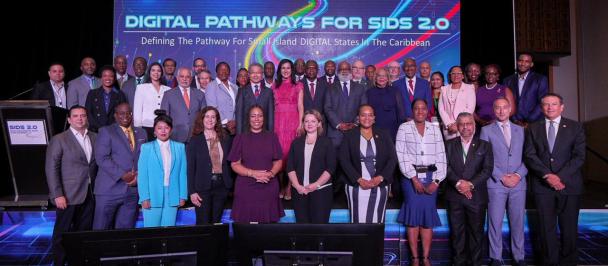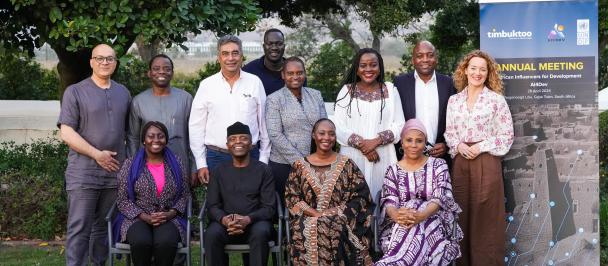The 2030 Agenda requires systemic solutions to global challenges through innovative and people-centered approaches. In Belarus, the United Nations Development Programme (UNDP) Accelerator Lab applies design thinking to develop new solutions to achieve the Sustainable Development Goals (SDGs).
Youth for SDGs: the Power of Creativity
April 24, 2024
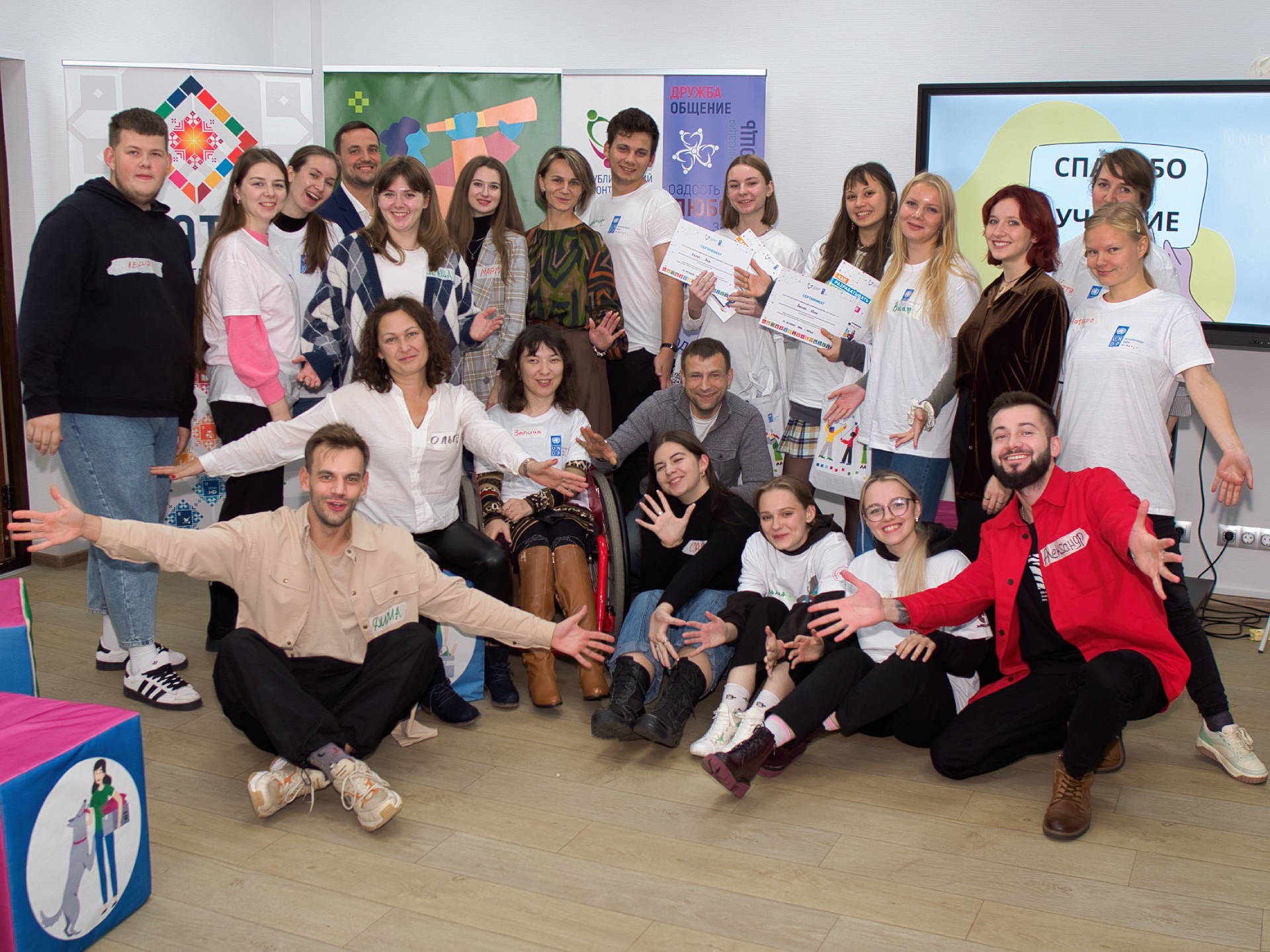
Design thinking revolves around prioritizing empathy and inclusion of beneficiaries in the solution development process. By embracing these principles, there is a heightened sense of ownership and responsibility among those involved in creating a project. This not only fosters sustainability but also mitigates the risks of failure.
Last autumn, in collaboration with the Republican Volunteer Centre, hackathons for sustainable development were organized across all regional centers of Belarus. These events served as creative platforms where participants could work on projects aimed at achieving the SDGs at the regional level. Over the course of six days, a collaborative effort of 80 students and volunteers yielded over 20 innovative ideas.
"I think young people like me are very motivated to share their thoughts and participate in the decision-making process. I want to contribute to sustainable development. Not wait for something in the future, but act now."Natalia, Minsk
When brainstorming ideas, the participants embraced the concept of "thinking globally, acting locally." Their focus was primarily on enhancing urban infrastructure, implementing eco-friendly solutions, supporting mental well-being and promoting healthy lifestyles, fostering self-actualization, improving soft skills and advancing career development. The consensus was to initiate change by first addressing what could be achieved through individual efforts within their own city or university.
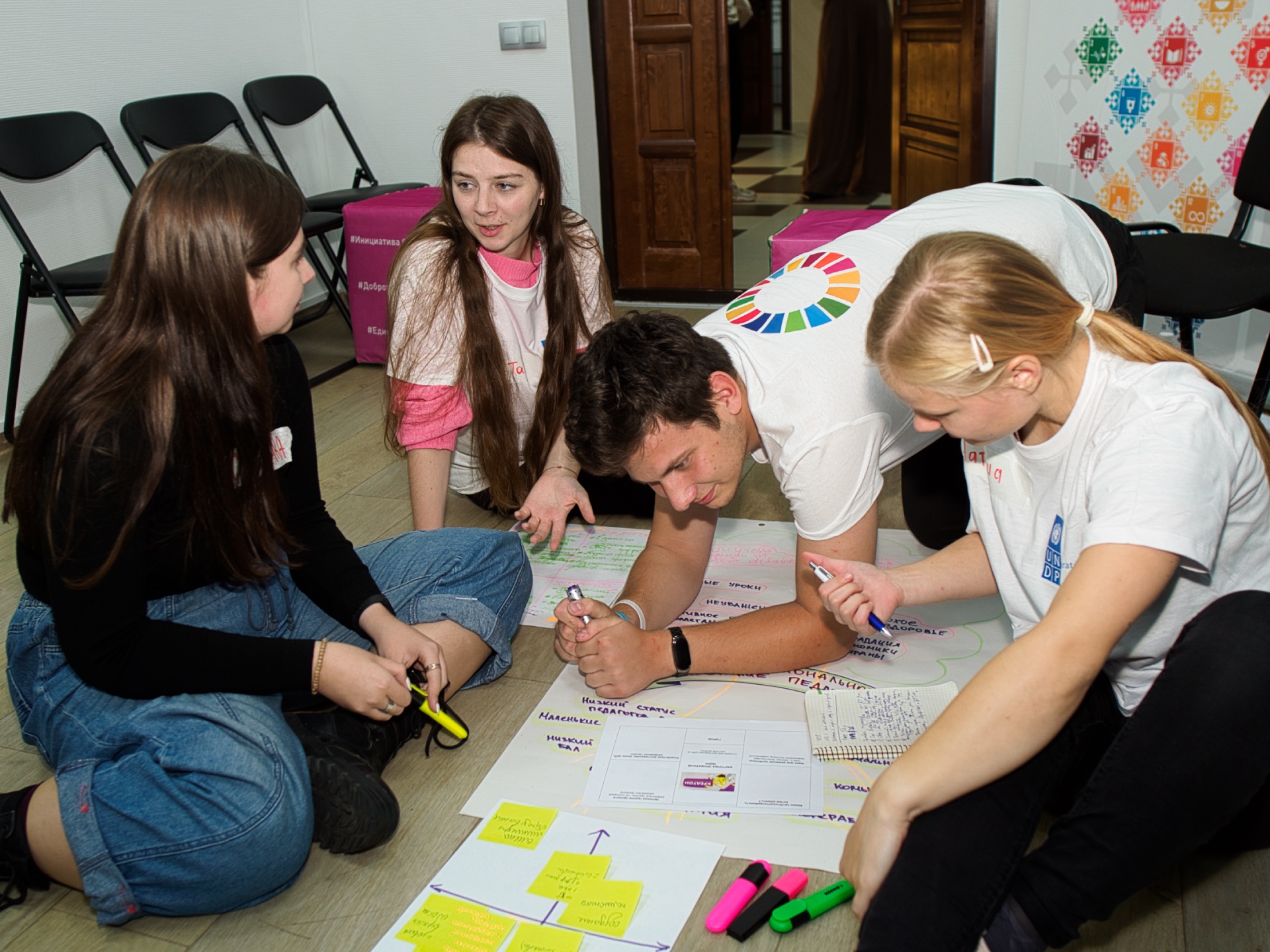
Utilizing design thinking enabled participants to shift their focus away from challenges and aim towards non-standard solutions.
“Green Solutions” for sustainable cities.
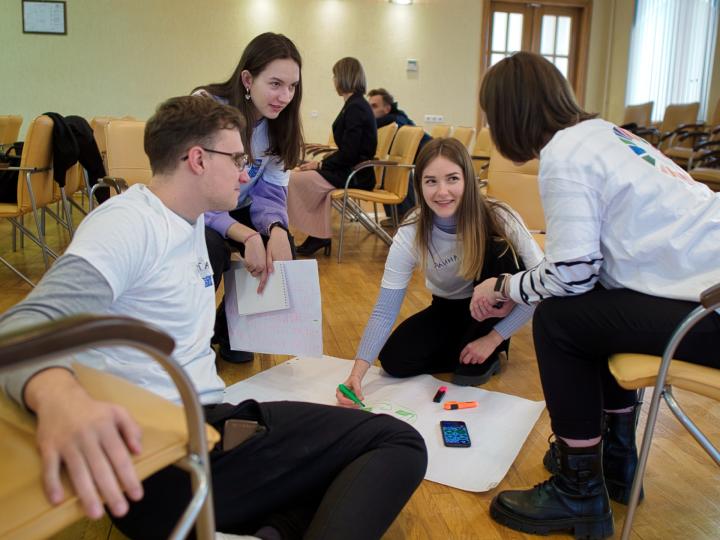
78.4% of Belarus' population lives in cities. Hence, local solutions for green urban development are crucial for achieving the SDGs.
During the hackathons, young people identified challenges and proposed solutions to address various environmental and inclusion issues. Their goals included creating new creative urban spaces, reducing the number of stray animals in cities, and promoting responsible pet ownership.
Young people believe that implementing 'green solutions' doesn't always demand large budgets or complex technologies. Sometimes, it's enough to intelligently plan the conditions in which people will feel comfortable adhering to environmentally friendly habits in their daily lives. For example, creating convenient collection points for recyclables and marking them on an online map that can be downloaded to a navigator. This proposal came from students from Vitebsk. Additionally, young people aim to launch an initiative to reduce paper use at universities.
Soft skills and competencies of the future
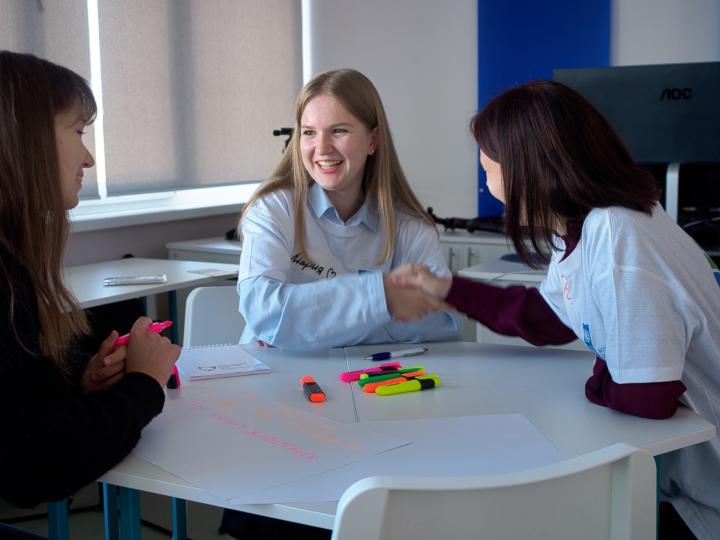
Across all cities, participants have highlighted the lack of soft skills among young people. Many have articulated the struggle of presenting themselves to others and maintaining a balance between showcasing one's strengths while preserving individuality.
In response to this pressing need, a group of students from Homiel have proposed to establish an online educational platform that can help teenagers and students improve communication skills. Such a tool would offer resources for practicing job interviews, delivering compelling presentations, and mastering the art of networking.
One of the most important tasks for young people is choosing their vocation in an ever-changing world and acquiring sought-after skills. Participants proposed creating local educational centers based on the principle of peer learning; organizing university exchange programs, where students could try out a new specialty for several days; as well as promoting paid internships.
Digital solutions
The necessity of digital solutions has become a recurring theme across all six hackathons. 75% of the ideas proposed by participants fully or partially involved online tools: chatbots, mobile applications, thematic social media accounts, online platforms, remote courses, and virtual simulators. For example, one of the solutions envisioned the creation of an online game to educate teenagers about the basics of financial literacy.
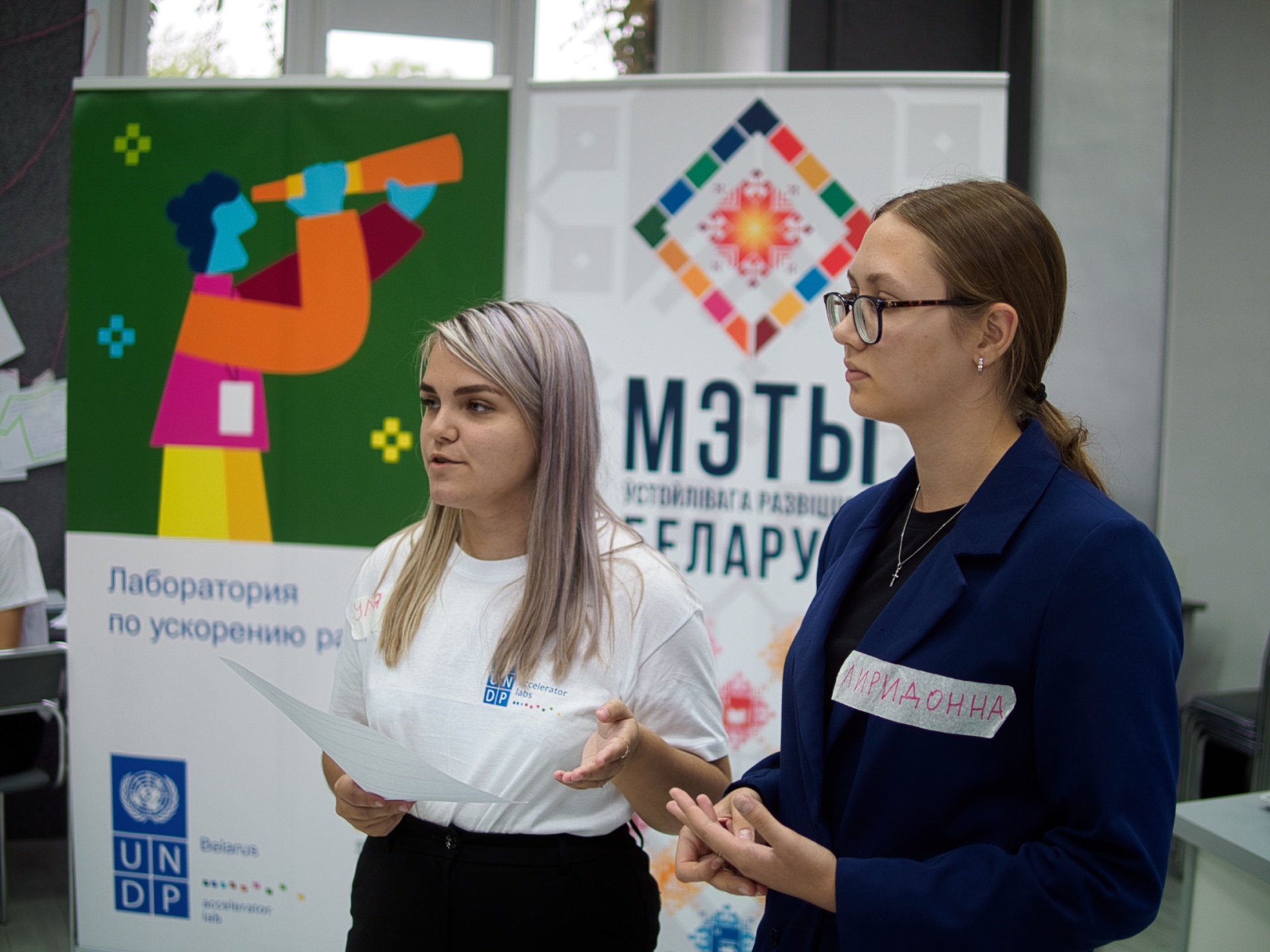
During the hackathons, young participants were introduced to brainstorming techniques, prototyping, and methods for testing potential solutions. Their innovative ideas are not destined to simply languish on paper. Instead, many of them are poised to spark volunteer projects, with the Practical Guide to Design Thinking serving as a valuable resource for developing future initiatives.
The collaboration between UNDP in Belarus and the Republican Volunteer Centre aims at strengthening the capacity of the volunteer movement, creating conditions for the development of youth potential, and expanding their rights for self-actualization.

 Locations
Locations